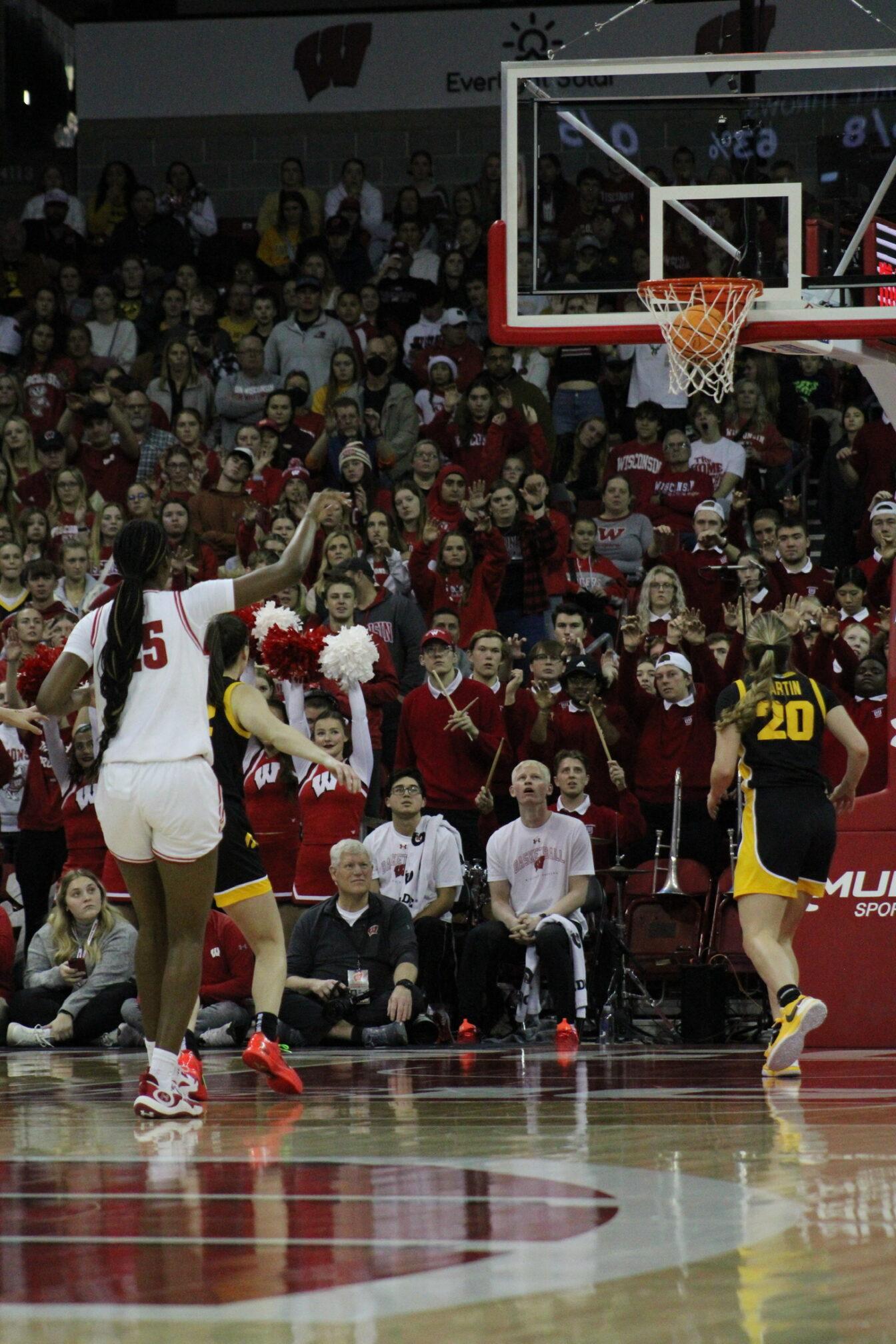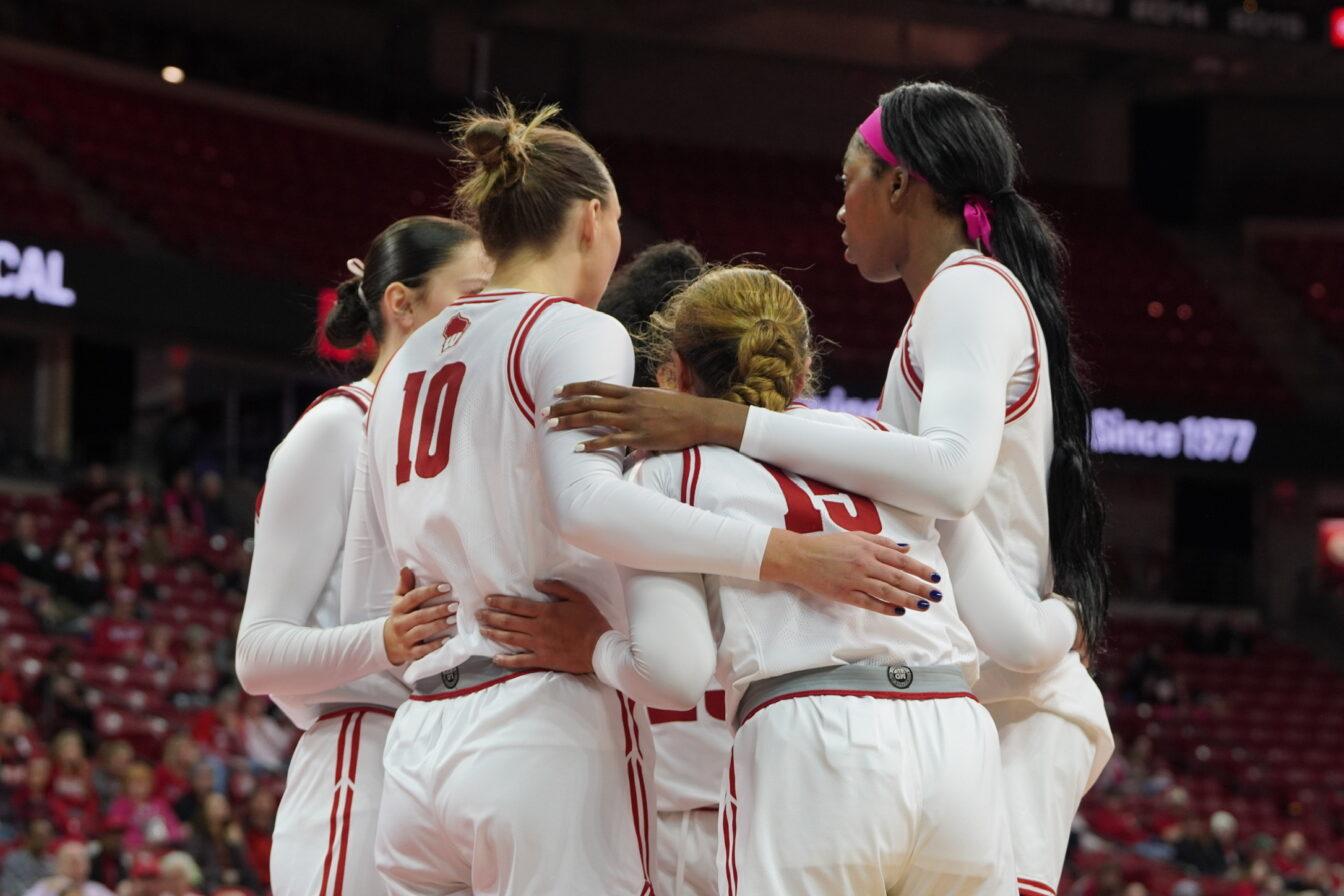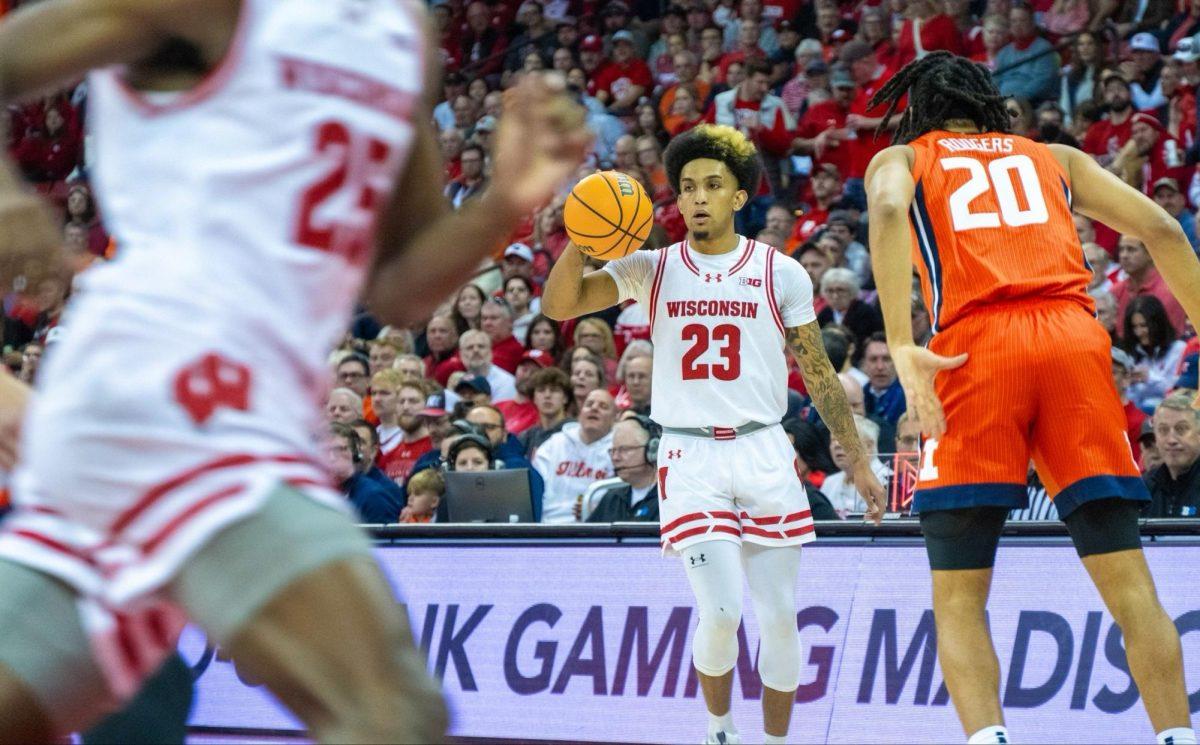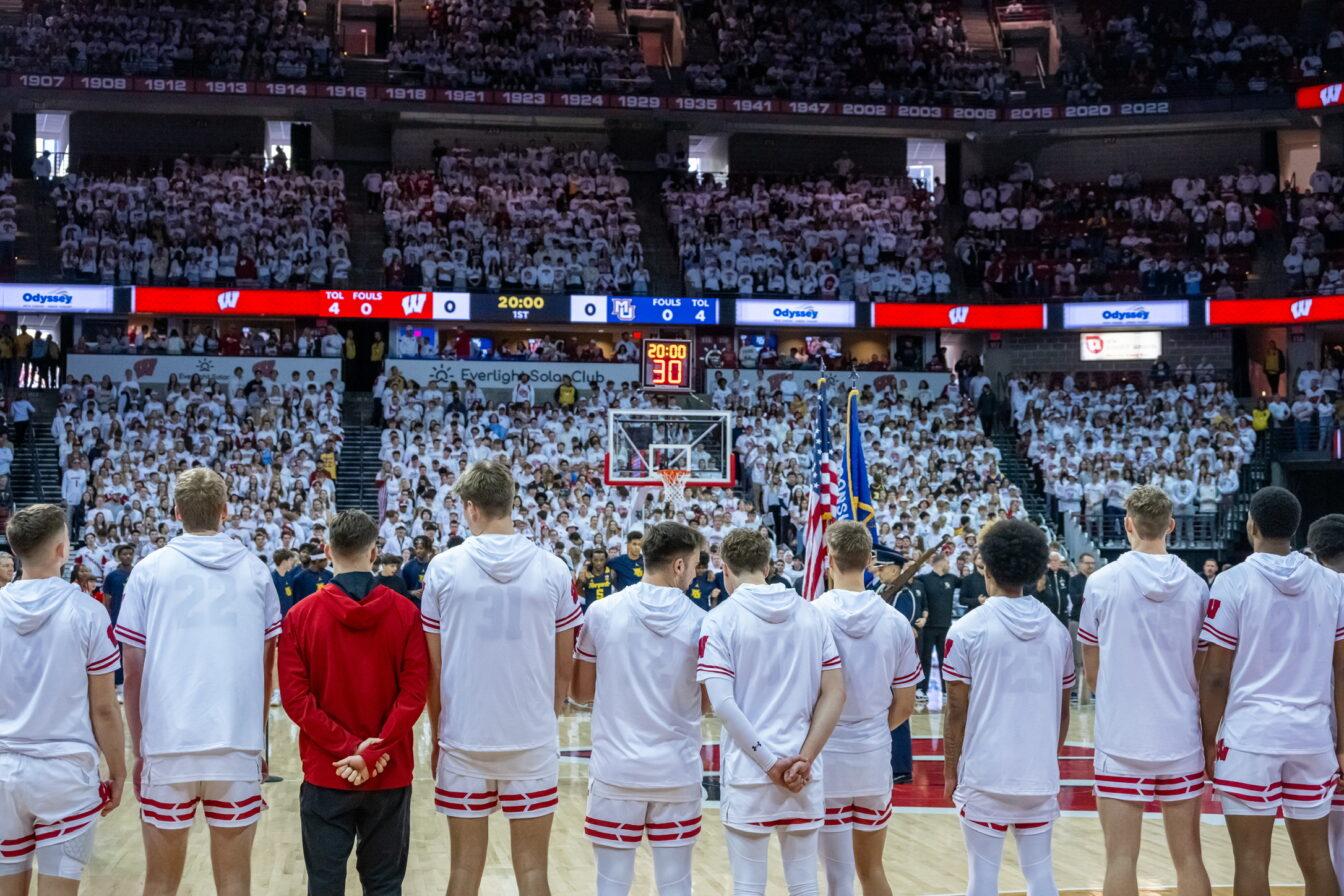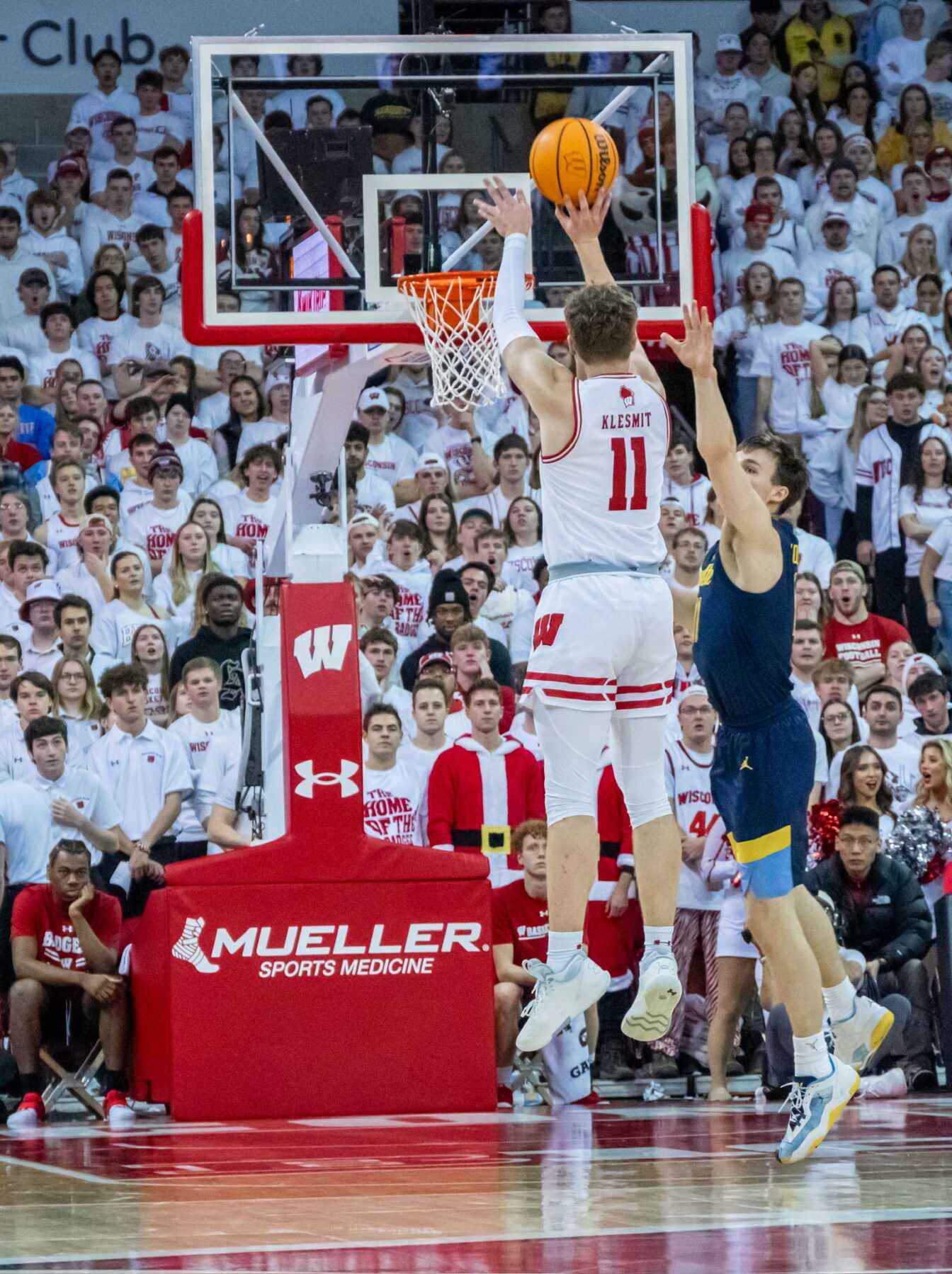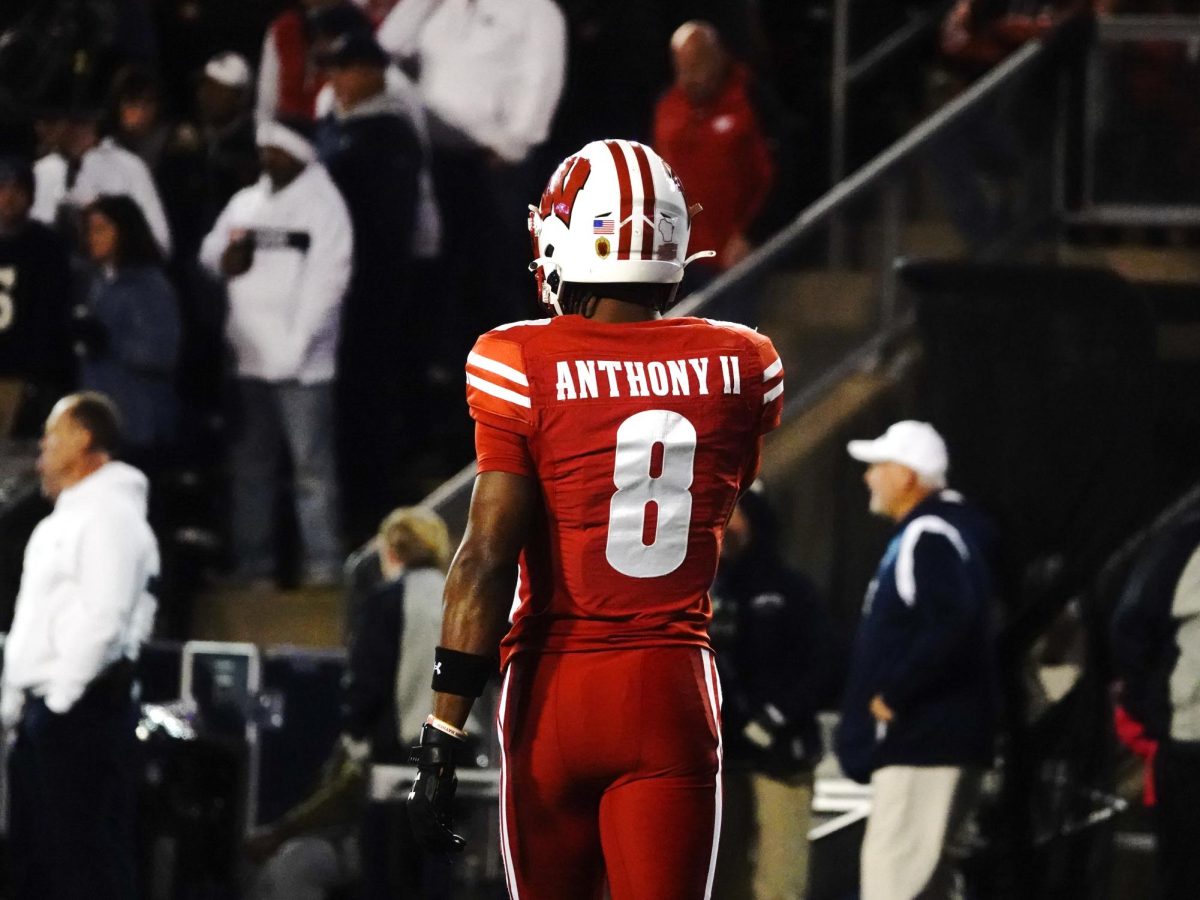[media-credit name=’Kelsey Fenton / The Badger Herald’ align=’alignnone’ width=’648′] [/media-credit]
[/media-credit]
When there’s a scandal involving college athletes receiving illegal payments or benefits we rarely, as a society, bat our eyes for a second.
When it was reported last week that the Auburn football program allegedly paid members of their football team to keep them from going pro, no one nor their mother was surprised. This was the same team, after all, who had been involved in the Cam Newton investigation.
A lawsuit filed in 2009 by former UCLA basketball star Ed O’Bannon is coming through the federal court arguing that players should be entitled to a portion of the money the NCAA makes off athletes’ likenesses in video games and the conference TV contracts has only strengthened the argument that it’s time for reform.
It’s time, some argue, for the NCAA and schools to directly pay their student-athletes.
This topic is way too complex to cover completely and fairly in a column. But, in this piece, I want to examine some of the reasons argued for why the NCAA’s current structure should not be altered.
For one, in a major revenue sport like football, the scholarships at the Division I level are either a full-ride or nothing. According to the National Center for Educational Statistics, the average cost for tuition, fees, room and board at a four-year institution is roughly $32,026 per year. All of these items are covered under a full athletic scholarship in Division I athletics. If an athlete stays all four years at a university to compete in his or her sport, the university pays an average of $128,104 for the athlete’s education.
But don’t those athletes deserve every penny of that for the time and commitment they put into their sport? Well, of course they do. According to a study in 2010 by the NCAA, football players devote 43.3 hours per week performing athletic activities during the “in-season” – the four to five months of the year when athletic competitions occur.
Even though the time commitment changes after the in-season period concludes, let’s say, for the sake of argument that it does not. That would mean on average, with the yearly amount provided by a scholarship, a football player gets paid roughly $14.22 per hour of time spent in his athletic activities.
And that’s to play a sport at an amateur level. Seems like a fair deal.
In comparison, the average salary of a male worker in 2010 was around $50,000 a year according to the U.S. Census Bureau. And if that worker put in the same amount of in-season hours per week a football player did for an entire year, he would make $22 an hour. The fact that these hypothetical average wages are comparable seems to show a full scholarship is more than generous for the time commitment athletes have.
If there is still shortage after the scholarship coverage that an athlete requires, especially those that come from low-income situations, they may still apply for other sources of aid like Federal Pell Grants. If anything, opponents of the pay-for-play model would say the scholarships should be a few more thousand dollars to cover any gaps that may exist.
Now, look at the long-term value of the college education and degree given to student-athletes. College graduates on average make almost twice more than noncollege graduates. A study by the University of Washington in 2010 found college graduates were projected to make $3.3 million over their working lifetime, while people who had only graduated high school will make a projected $1.7 million.
It’s a finding reinforced by researchers at Georgetown University, who found that over a college graduate’s lifetime, they will make 84 percent more than those with only a high school diploma.
This education offers student-athletes a necessary security in a world where a miniscule number of athletes go professional after their collegiate careers. According to the NCAA, only 1.7 percent of college football players make the pros, a statistic that’s even smaller among men’s basketball players at 1.2 percent. Not to mention college graduates have a much lower unemployment rate than those who do not hold at least a bachelor’s degree.
Those two arguments alone, the value of a college education in the long run and the money indirectly given to the athlete to pay for their education seem strong enough to argue that the current “money” structure for student-athletes is fair.
What do I believe personally? I’m not a college athlete; I’ve never put in the hours of physical sweat, toil and sacrifice on that level to know what it feels like. Putting me in a uniform does not sell tickets or jerseys, unless it’s in my dreams. People don’t turn on their televisions to see fans in the stands (unless it’s their parents).
Basically, I don’t think I am in the position to have a valid opinion. There’s a lot that goes into this debate and, for now, this is just one side of a multi-faceted debate.
Nick is the sports editor of The Badger Herald and a law school hopeful. Besides his involvement at the paper, Nick is the host of “The Badger Herald Sports Hour” and a member of the WBA award-winning show “The Student Section” on 91.7 WSUM. Have thoughts about the column? Send Nick a tweet @nickkorger or an email at [email protected].








